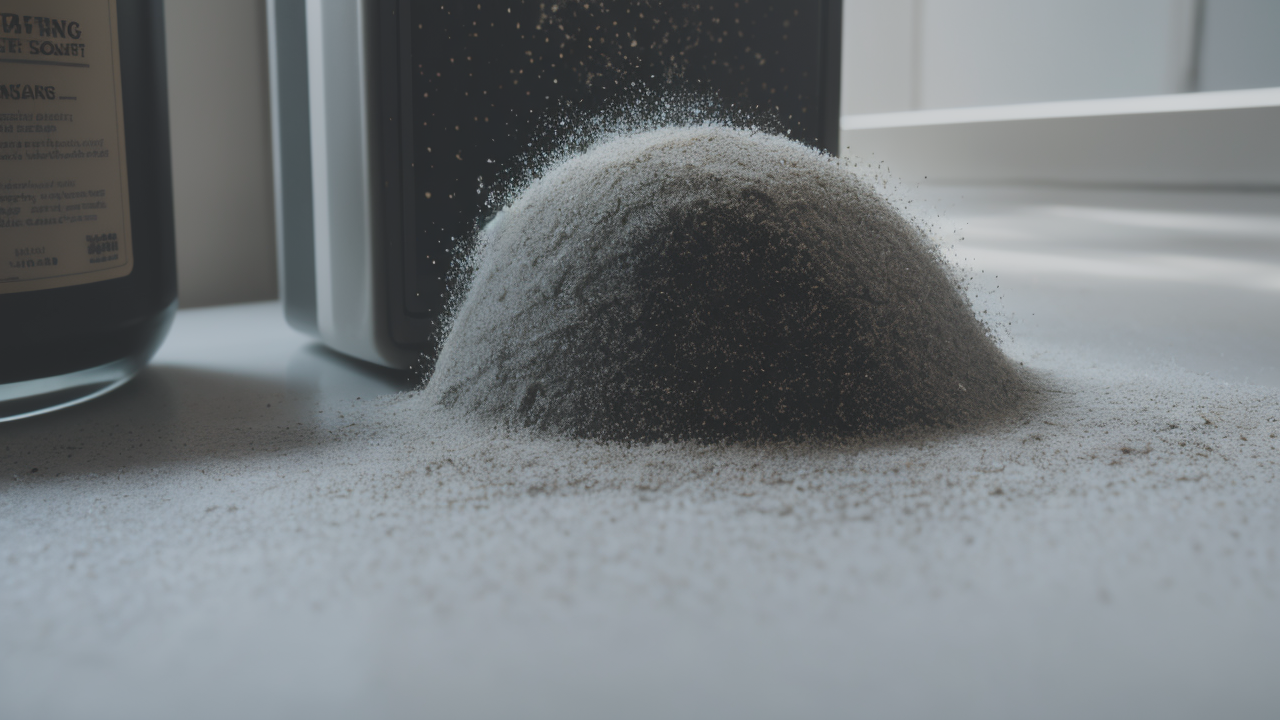
Texture Techniques in Oil Painting: From Plaster to SS182
The Evolution of Texturing Materials in Oil Painting
The Rise of Plaster in Modern Techniques
Plaster has become a key player in modern oil painting techniques. Artists now use it to add depth and texture to their work. Mixing plaster with paint creates a unique surface. This method allows for bold, 3D effects on canvas.

Many painters prefer plaster for its versatility. It can be smooth or rough, thin or thick. This range of options gives artists more control over their art. Plaster also dries quickly, which speeds up the creative process.
Some artists use plaster to build up layers in their paintings. This technique adds visual interest and complexity to the final piece. Plaster can also be carved or etched after it dries. This creates even more textural possibilities.
Advancements in Synthetic Texturing Materials
Synthetic materials have revolutionized texture in oil painting. Products like modeling paste and gel mediums offer new options. These materials are easier to use and more consistent than traditional ones.
SS182 is a popular synthetic texturing material. It's known for its durability and flexibility. Artists can mix it with oil paint or use it as a base layer. SS182 holds its shape well, allowing for precise texture control.
Another advancement is the development of textured gesso. This product primes the canvas while adding texture. It saves time and provides a unique starting point for paintings.
Acrylic-based texturing materials are also gaining popularity. They dry faster than oil-based options and are water-soluble. This makes cleanup easier and allows for quicker layering techniques.
Innovative Texturing Tools and Equipment
Brushes and Combs: Reviving Tradition
Traditional tools like brushes and combs are making a comeback in texture creation. Artists are finding new ways to use these classic items. Specialty brushes with unique bristle patterns create interesting effects.

Combs, both plastic and metal, are popular for creating linear textures. Artists drag them through wet paint to create grooves and patterns. This technique works well for depicting fur, grass, or water.
Some painters use household items as texturing tools. Sponges, crumpled paper, and even bubble wrap can create unique textures. These unconventional tools add an element of surprise to the painting process.
Palette knives remain a staple for texture work. Their flat, flexible blades are perfect for applying thick paint. Artists use them to create bold strokes and impasto effects.
The Role of Digital Tools in Texture Creation
Digital tools are now part of the oil painting process. Many artists use software to plan textures before applying them to canvas. This allows for experimentation without wasting materials.
3D modeling programs help artists visualize complex textures. They can then recreate these digitally designed textures in their paintings. This method bridges the gap between digital and traditional art.
Some painters use digital projectors to guide their texture work. They project patterns onto the canvas as a reference. This technique is especially useful for large-scale or highly detailed pieces.
Texture libraries and brushes in digital painting software inspire traditional artists. They often adapt digital textures to physical painting techniques. This cross-pollination leads to innovative approaches in oil painting.
Applications and Case Studies
Landscape and Environmental Scenes
Texture plays a crucial role in landscape painting. Artists use it to bring scenes to life. Rough textures can depict rocky terrain or bark on trees. Smooth textures work well for calm water or sky.

Many landscape painters layer different textures to create depth. They might use a smooth base for the sky, then add rougher textures for clouds. This technique gives the painting a sense of atmosphere and distance.
Environmental artists often use texture to highlight ecological issues. They might create rough, damaged textures to show pollution or deforestation. Smooth, pristine textures can represent untouched nature.
Some painters combine natural and man-made textures in their landscapes. This contrast can tell a story about human impact on the environment. Texture becomes a powerful tool for visual storytelling.
Portraits and Figures with Enhanced Texture
Texture in portrait painting adds character and depth to the subject. Artists use it to show skin texture, hair, and clothing. Fine lines can depict wrinkles, while thicker textures work for hair or fabric.
Some portrait artists exaggerate textures for emotional effect. Rough, bold textures might convey strength or anger. Smooth, delicate textures could suggest youth or calm.
Texture can also represent the subject's personality or profession. A musician's portrait might include textures inspired by their instrument. An athlete's portrait could have textures that suggest movement or strength.
Figure painters use texture to enhance the body's form. They might use smooth textures for skin and rougher ones for clothing. This contrast helps define the figure and adds visual interest.
Industrial and Automotive Sectors: Beyond Fine Art
Texture techniques from oil painting have found their way into industrial design. Car manufacturers use textured finishes to make vehicles more appealing. These finishes often mimic natural textures like leather or wood grain.
In architecture, textured paint finishes create unique interior and exterior surfaces. These finishes can make buildings more visually interesting or even improve acoustics.
Product designers use texture to improve grip and ergonomics. They might apply oil painting techniques to create prototypes. These textured models help designers refine their ideas before production.
Some companies use textured finishes for branding purposes. A unique texture can make a product stand out on store shelves. It can also reinforce a brand's image or values through tactile experience.


